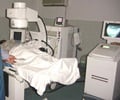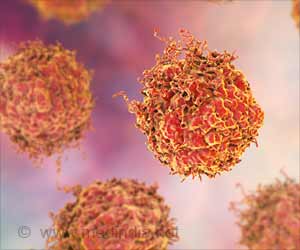Belzutifan, an FDA-approved drug, targets HIF-2α to treat patients with clear cell kidney cancer.

“We found if a patient has a normal or abnormal speckle arrangement, they might be more responsive to one drug versus another. Of course, more research needs to be done,” explained Alexander, who completed her postdoctoral fellowship in Berger’s lab.
Nuclear Speckle: New Insights Discovered more than 100 years ago, nuclear speckles are tiny cellular structures that reside in the nucleus. These speckles intermingle with DNA and help regulate gene activity. This newly published research reveals that nuclear speckles have two different signatures in ccRCC: normal-like and aberrant. It’s a matter of positioning. Normal speckles tend to congregate toward the center of the nucleus. Aberrant speckles are more dispersed.
“How these signatures affect patient outcomes remains a mystery for now,” Berger says. “However, the search for answers may lead to more personalized treatments. This discovery offers a new starting point in ccRCC.”
“It’s the first suggestion that this would be potentially applicable to giving someone [diagnosed with ccRCC] one drug or another. That’s huge because cancer therapy has a lot of horrible side effects,” said Alexander. “To be able to tell a patient, ‘Your tumor looks like this, so we think this drug will work better than this drug,’ is something we really need.”
The team didn’t just look at kidney cancer. They analyzed speckles in over 20 different types of cancers, from melanomas to breast cancer. However, only ccRCC showed a correlation between speckle patterns and patient outcomes. What makes this cancer special? In her new lab at Cold Spring Harbor, Alexander aims to pursue this lead alongside other researchers at CSHL’s Cancer Center.
Advertisement















